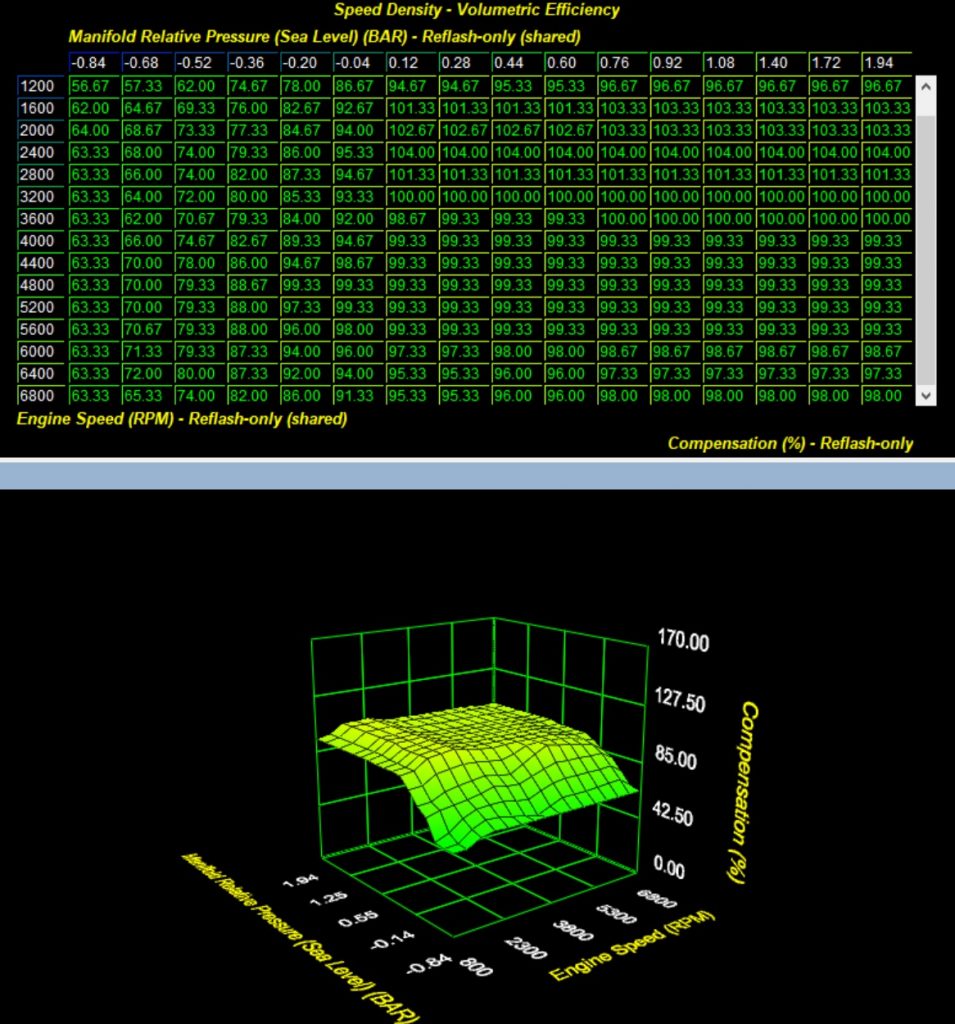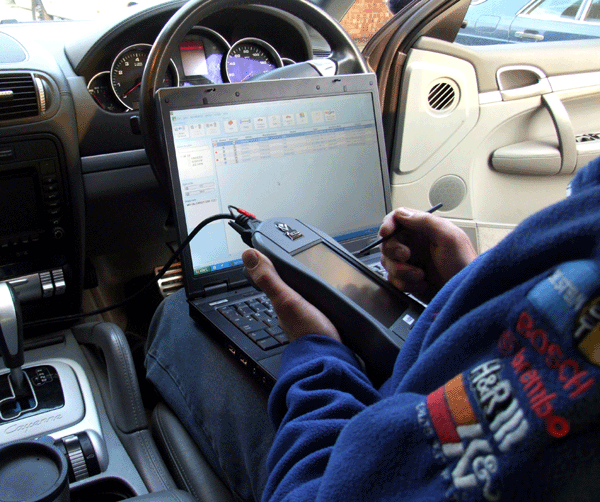
- #Ecu tuning tutorial driver#
- #Ecu tuning tutorial software#
- #Ecu tuning tutorial code#
- #Ecu tuning tutorial download#
Subarus use a "mass air flow" sensor, usually located just downstream of the air filter, to inform the ECU of how much air the engine is pulling in. The air:fuel ratio (AFR) is rather important for this process to work correctly. Mass Air Flow, aka MAF - Engines pull in air, injectors add fuel, spark plugs ignite the mixture. There are a lot of tables of numbers in the ECU that govern these behaviors and others, and tuning is all about tweaking the numbers in those tables to get the ECU to run the engine the way you want it to run. There's a longer list here.Įngine Control Unit, or ECU - This is the computer that decides when to open and close the fuel injectors, when to fire the spark plugs, and so on. The list below is not exhaustive (not even close), it is just enough to help you understand this how-to guide.

You'll need to understand a few new terms. Tuning is a specialized field which has its own specialized vocabulary. Even if you relocate a 32-bit ECU's O2 sensor downstream of the turbo, they will only read down to 11.1, which is insufficient for most tunes (you could shoot for 11.5:1, but few people do). Cars with 32-bit ECUs use O2 sensors that are accurate over a wider range, but they still located in the up-pipe, where exhaust backpressure renders them inaccurate. Cars with 16-bit ECUs use O2 sensors that are only accurate in a narrow range around 14.7:1 AFR under any conditions. The stock O2 sensor is not accurate when the car is under boost. “P0420″) into the search engine of your choice, and see what comes up.Ī Wideband O2 Sensor is almost, but not quite, essential.
#Ecu tuning tutorial code#
For more information about these codes, enter the code number (e.g. If present, these indicate problems with your car. There is the Ignition Advance Multipler (IAM) and there’s a table of learned knock corrections and different RPM and airflow (load) cells.ģ) Diagnostic Trouble Codes, or DTCs. Currently there are three kinds of learned information:ġ) AF Learning A, B, C, D, also known as “fuel trims.” These indicate whether your MAF scaling is correct or not.įor information about these values, see here:Ģ) Knock Correction.
#Ecu tuning tutorial software#
Learning View is free software that shows the information that your ECU learned while you were driving. Timing Editor is free software that makes it easier to edit your timing tables. Logging is how you find out if your tune is working well or not. RomRaider is also a logger - it uses the OpenPort to connect to the car and record parameters from the engine to a file on your laptop. RomRaider is free software that also lets you edit the tables in the tune. EcuFlash will also let you edit the tables in the tune. Old habits die hard.ĮcuFlash is free software that uses the OpenPort to actually copy a tune to and from the car (copying a tune to the car is called reflashing). The current OpenPort (version 2.0) is a little box that plugs into the OBD2 port, and you plug a USB cable into it… but everybody still calls it a “Tactrix cable” anyway. The original OpenPort (versions 1.0 - 1.3) was a cable, with a USB connector at one end, and an OBD2 connector at the other end.

#Ecu tuning tutorial download#
Replacing just one part can increase the stress and damage other parts and so it is essential to maintain the correct balance when tuning to increase performance safely.Tactrix OpenPort - Tactrix makes a product called an OpenPort that lets you upload and download tuning information using a laptop.
#Ecu tuning tutorial driver#
Also when increasing engine power at high engine speeds (rpm), if the power at low-mid engine speeds remains the same as before, due to the change in power delivery characteristics the driver can feel the illusion that the vehicle has lost power in low-mid engine speeds.

For example, by increasing engine power, inadequacies may be felt in the braking or suspension which were not noticeable before. Overall performance puts "safety first" whilst improving the three basics of vehicle performance, "accelerate, turn, decelerate" with the right balance between the three elements. Here we will explain engine tuning, from light to hard, as simply as possible. For this reason it is important for the user to know "what their target/goal" is and "what parts are needed" to achieve this goal.

When tuning, some users may have some incorrect thought which may lead to them fitting the wrong parts for their needs. HKS considers "Tuning" as improvement of vehicle overall performance in response to user needs. What are the factors to consider when tuning?


 0 kommentar(er)
0 kommentar(er)
